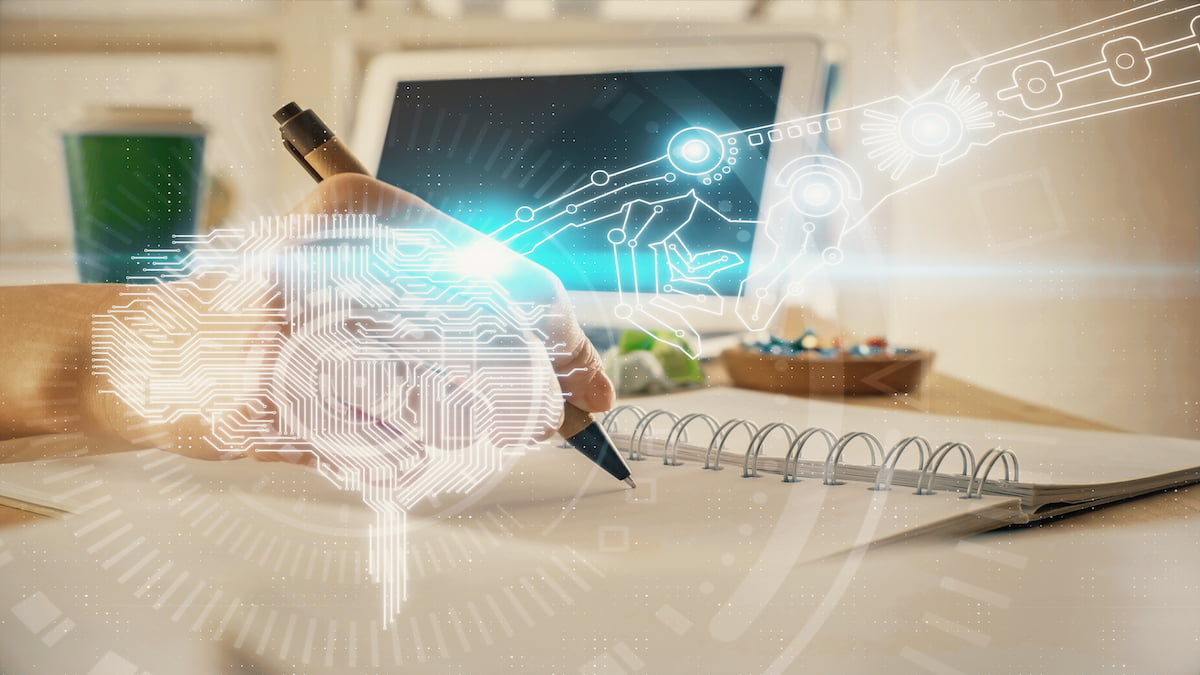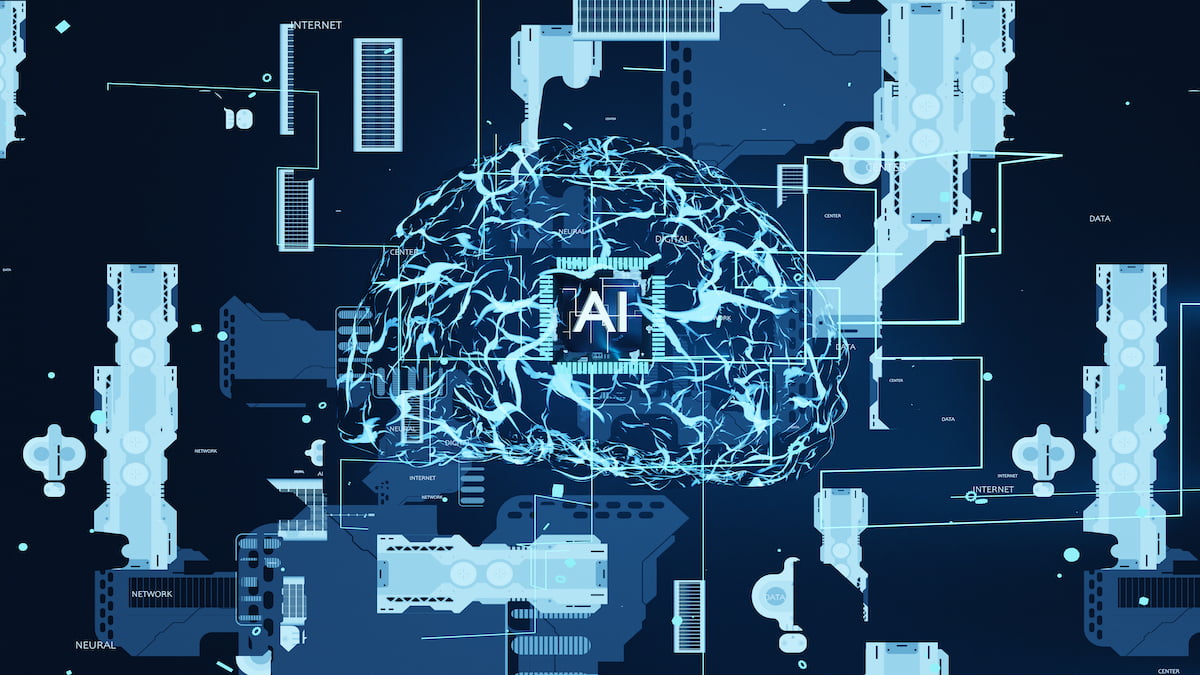In our globalized world, communication is key to fostering international relationships and driving business across borders. However, the diverse tapestry of languages presents a significant barrier, hindering the free flow of information and ideas. Enter AI translation – a revolutionary technology that promises to break down these linguistic barriers. From enriching travel experiences to smoothing international business negotiations, AI translation is redefining cross-cultural interactions. But what are the nuances of this groundbreaking technology, and what does this mean for the future of global communication?
The Importance of Language in a Globalized World
Language is the vehicle of culture, identity, and knowledge transfer. In a world with nearly 7,000 languages spoken, effective translation is not just a convenience – it’s a necessity. As the barriers to travel and communication continue to fall, the demand for efficient language translation has skyrocketed. The ability to seamlessly understand and be understood by someone on the other side of the globe is invaluable in fostering a sense of global community and advancing collaborative efforts in realms from diplomacy to healthcare.
The Rise of AI Translation
The domain of translation has seen a seismic shift with the advent of AI technology. AI translation, powered by advances in machine learning and natural language processing, boasts significant advantages over traditional human translation services. These include scalability – the ability to process large volumes of text in real-time, cost-effectiveness, and the capacity to refine its language understanding through data analysis. It has become the cornerstone of international business, where real-time translation can mean the difference between clinching a deal and missing an opportunity.
Benefits of AI Translation Over Traditional Methods
- Increased Speed: AI-powered systems can translate vast amounts of text in a fraction of the time it would take a human.
- Cost-Effective: With minimal human oversight, AI translation offers reduced costs compared to hiring professional human translators.
- Consistency: AI ensures consistent translation styles for businesses and content producers, eliminating the variations that often occur with multiple human translators.
- Integration: Technology integrations allow for streamlined application of translations into various platforms and services.
Enhancing Communication
AI translation’s impact is far-reaching, enabling engagements that were previously logistically complex or cost-prohibitive. It plays a crucial role in various sectors by enabling instant, cross-language communication.
Breaking Down Language Barriers in Travel and Tourism
The travel industry, a sector rooted in the exchange of cultures, is a prime beneficiary of AI translation. Travelers can now use translation applications to navigate foreign cities, order meals, and engage with locals. This not only enhances the traveler’s experience but also encourages more people to explore destinations beyond their language boundaries.
Facilitating Multilingual Customer Support
Global businesses often face the challenge of providing customer support in multiple languages. AI translation platforms are now integrated into customer support systems, enabling companies to offer prompt and efficient assistance in any language, round-the-clock.
Enabling Cross-Cultural Collaboration in Business
In the corporate landscape, AI translation tools bring down language barriers, allowing teams spread across different geographies to collaborate seamlessly. Meetings and documents are translated instantly, ensuring that every team member is on the same page, regardless of their native language.

Challenges and Limitations
Despite its considerable advantages, AI translation technology still grapples with various limitations that can affect the accuracy and relevance of translations.
Accuracy and Context Issues in Translation
AI translation tools have come under scrutiny for their ability to understand and convey the appropriate context of words and phrases. This limitation can lead to mistranslations, especially with idiomatic expressions and industry-specific terminology.
Cultural Nuances and Idiomatic Expressions
Languages are deeply entwined with culture, and certain idioms or expressions may not have direct equivalents in other languages. This cultural specificity poses a challenge for AI systems that strive to provide not just literal translations but also contextual and culturally sensitive outcomes.
Privacy and Security Concerns
The very nature of AI translation – reliance on vast volumes of data – has raised privacy and data security concerns, particularly when dealing with sensitive or proprietary information that may be captured and stored during translation processes.
The Future of AI Translation
As technology evolves, so do the capabilities of AI translation. With ongoing advancements in machine learning, we can anticipate improvements in the accuracy and contextual understanding of translations. The field is also ripe with potential applications across diverse sectors.
Advancements in Machine Learning and Natural Language Processing
Cutting-edge developments in machine learning and natural language processing are laying the groundwork for a new era of AI translation. These technologies, when integrated more deeply with translation tools, will enable more precise and nuanced translations.
Potential Applications in Education, Healthcare, and International Diplomacy
The reach of AI translation could potentially extend into education, healthcare, and international diplomacy. In education, AI translation could democratize access to knowledge across languages, while in healthcare, it could break down language barriers between patients and medical professionals. In diplomacy, real-time translation could foster deeper understanding and collaboration between nations, transcending linguistic differences.
Conclusion
AI translation is not merely a technological quirk but a progression that is fundamentally changing the way we communicate across languages and cultures. It offers unparalleled opportunities for engagement and cooperation on a global scale. As we confront a world that is increasingly interconnected and interdependent, AI translation stands as a testament to innovation’s capacity to unify us through shared understanding and communication. While the technology is not without its challenges, the strides being made in its development are propelling us towards a future where language barriers are a thing of the past. So let’s continue to embrace AI translation for the myriad doors it opens to cross-cultural experiences and opportunities.
This post contains affiliate links.
Author

This article was written with the assistance of AI. Edited and fact-checked by Ronan Mullaney.







